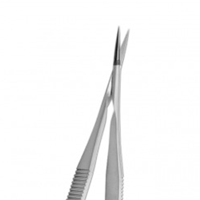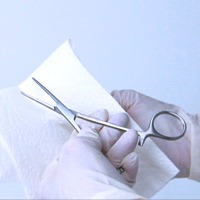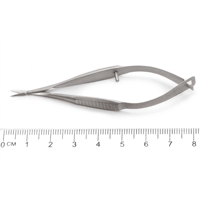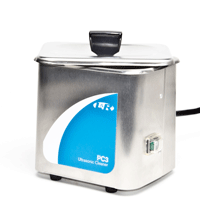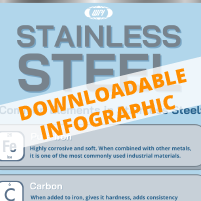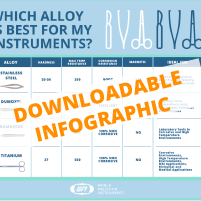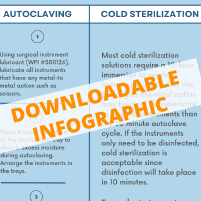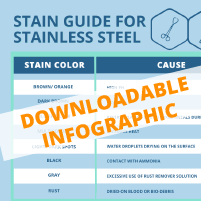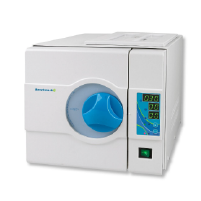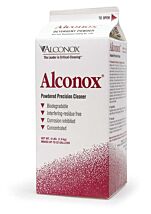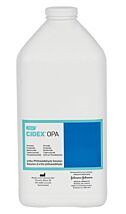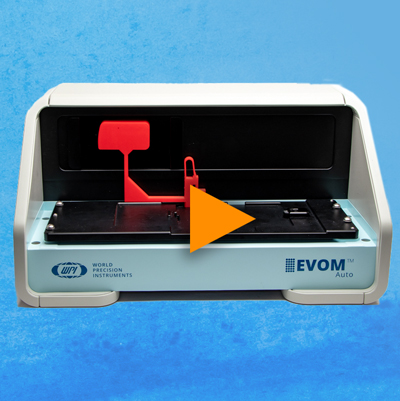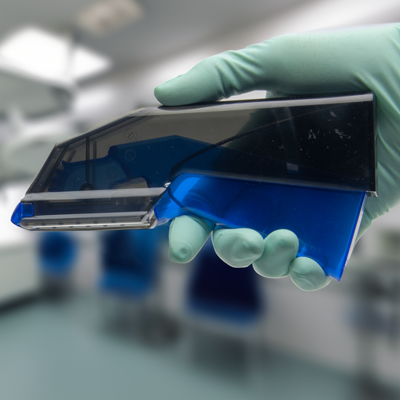This website uses cookies to ensure you get the best experience on our website.
Read more
VIDEO: Caring for Your Surgical Instrument Investment: Introduction
March 04, 2022
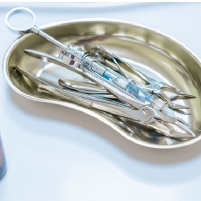
What's the difference between cleaning, disinfecting and sterilizing? Let's take a look. This is the first in a series of four videos to discuss some best practices in caring for your surgical instrument investment.
Surgical instruments are crucial in your research, and proper cleaning, handling and storage will ensure your instruments last for many years to come.
First of all, before we begin, let me remind you not to use alcohol for cleaning. It is not a good cleaning agent, and because of its rapid evaporation, it cannot sterilize instruments. Now, in this series of videos, we will talk about the three levels of surgical instrument care -- cleaning, disinfecting and sterilizing.
Cleaning
Cleaning removes dirt, debris and biological material from surgical instruments. To maximize the useable life of your instruments, never allow blood to dry on surgical instruments. Within 10-20 minutes after a procedure, open all the instruments and begin a decontamination process.
To prevent blood from drying on instruments, simply saturate a towel with tap water and lay it over bloody contaminated instruments.
Spraying the instruments with a moisturizer is an effective way to prevent blood from drying.
You can clean surgical instruments manually or mechanically using water and detergents. An enzymatic detergent is helpful for removing biological contamination on instruments.
Thoroughly clean your instruments, because any remaining debris can interfere with further sterilization and can corrupt research data.
For best results, use a detergent like Enzol® or Alconox®.
Disinfection
Disinfection and sterilization are essential for insuring that medical and surgical instruments do not transmit pathogenic microorganisms to your subjects.
There are several levels of disinfection. A low level disinfection eliminates can be accomplished in about 10 minues, and it eliminates many microorganisms
At the other end of the spectrum a high level disinfection destroys even more microorganisms.
Cidex Plus® (3.4% glutaraldehyde) can be used as a high level disinfectant. The CDC recommends a 90 minute soak at 25°C.
Sterilization
Sterilization destroys all microbial life. Some chemical sterilants can be used as HLD disinfectants when used for shorter exposure periods. For example, you can sterilize your instruments by soaking them in Cidex Plus® for 10 hours at 25°C.
Dry heat or autoclaving are the preferred method of sterilizing surgical instruments. Typically, surgical instruments are sterilized by autoclaving.
WPI was founded by a researcher who built electrophysiology equipment. Our passion is the advancement of modern research, and our researchers have been serving scientists for nearly 50 years. We offer a broad product line that includes the full range of surgical instruments. We know that surgical instruments are a crucial part of research. With proper care, maintenance and storage, your instruments should last for many years.

Close



